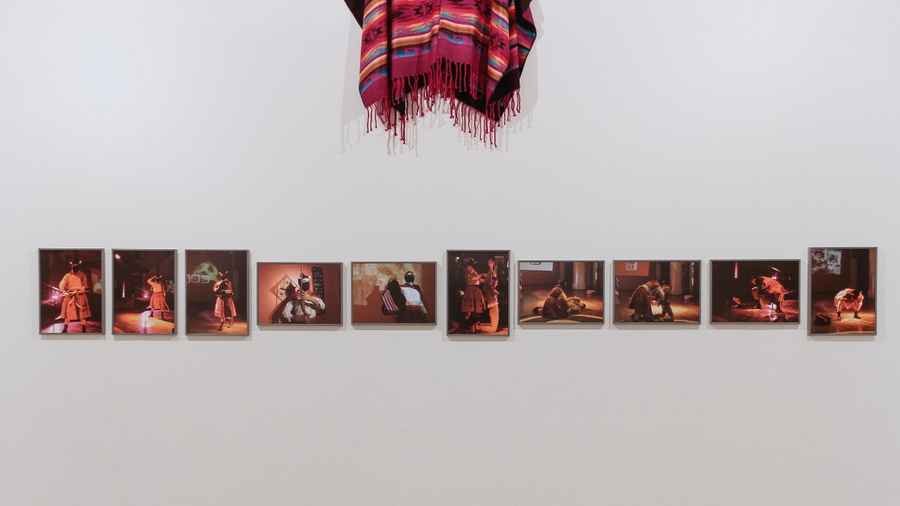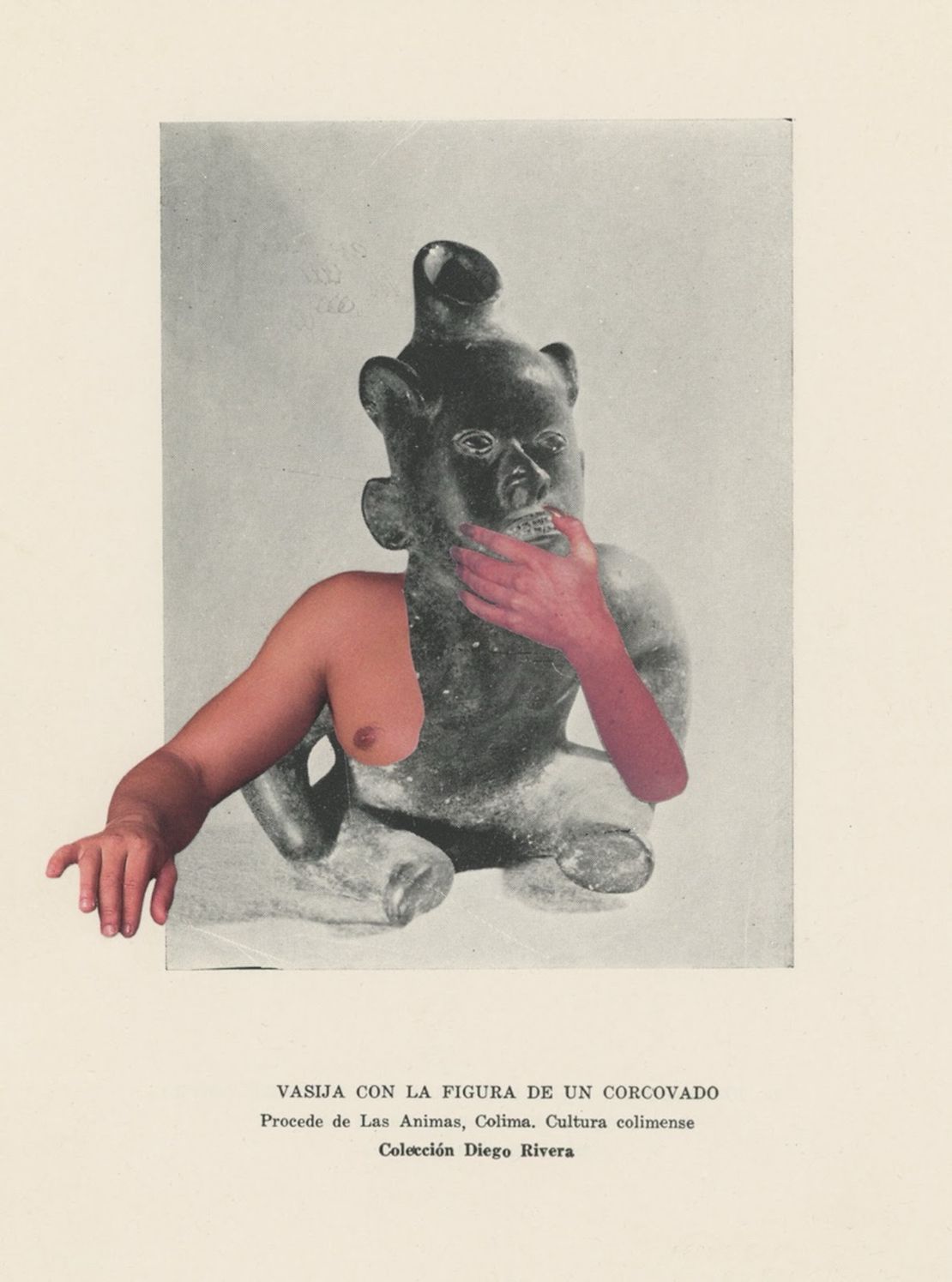Abstract
Frau’s artwork is related to the body and cultural heritage because it addresses the experiences and representation of women in the context of an insurgent movement. In this case, the body is linked to the physical and emotional experiences of women who participated in Sendero Luminoso, as well as the ways in which their bodies were used as tools of resistance, power, or subjugation within the conflict. On the other hand, cultural heritage is involved in exploring how women are represented in historical narratives and how their experiences contribute to the understanding and preservation of Peru’s collective memory. Furthermore, this artwork can question and challenge hegemonic narratives about the role of women in society and emphasize their importance in shaping cultural identity and the history of a country.
During the internal civil war in Peru from 1982 to 1994, the highlands, particularly Ayacucho and Junín, experienced extreme violence and devastation. Entire Andean communities were caught in the crossfire, forced to take up arms without fully understanding the commands of the Communist Party of Peru - Sendero Luminoso or the government’s Armed Forces. Peasants were uprooted from their lands and subjected to a militarized existence that permanently disrupted their lives. In response to the Shining Path, self-defense groups known as “rondas campesinas” were formed, authorized to use lethal force for self-protection. However, the official narrative of the conflict marginalized the role of women, even though some widows and unmarried women were compelled to join the patrols and received training in combat. These women, forced to redefine their roles, took on traditional responsibilities and engaged in surveillance and conflict resolution within their communities. Their contributions as “machos” in the war effort have been overlooked in historical accounts. To address this neglect, the project Transversia Posta Andina Revolucionaria pays tribute to the marginalized image of peasant women. It draws inspiration from the real-life story of Tarcila Rojas Llactahuamán, known as Comanda Tarcila, an Ayacucho peasant woman who was displaced and later trained by the military, ultimately assuming the role of Comanda in 1993. Through this homage, the project aims to shed light on women’s overlooked experiences and vital roles during the internal civil war, challenging the prevailing historical narrative.

